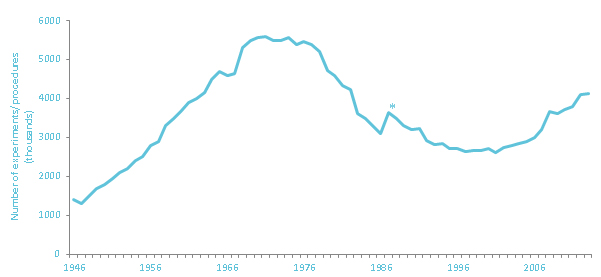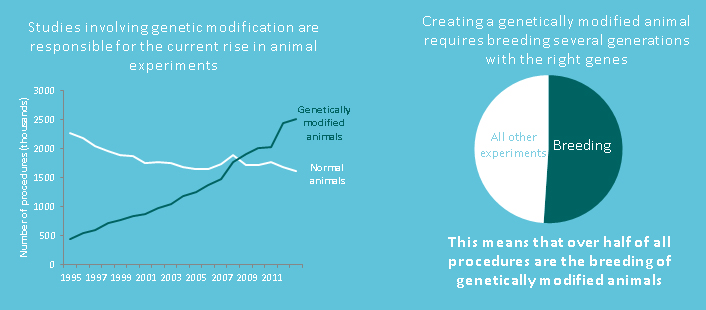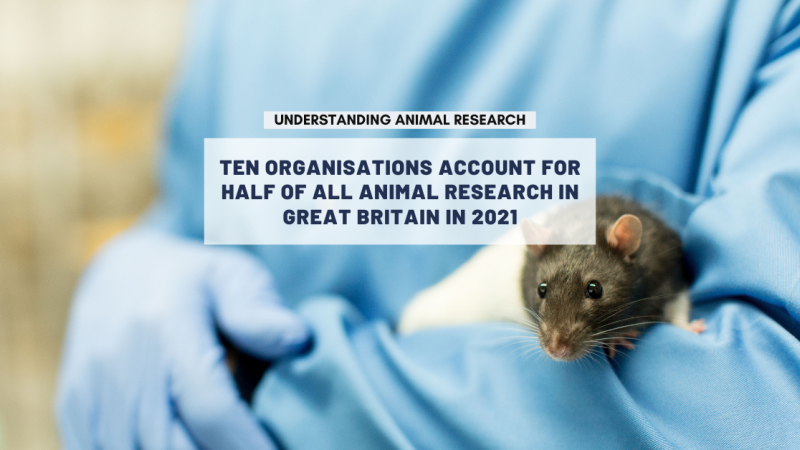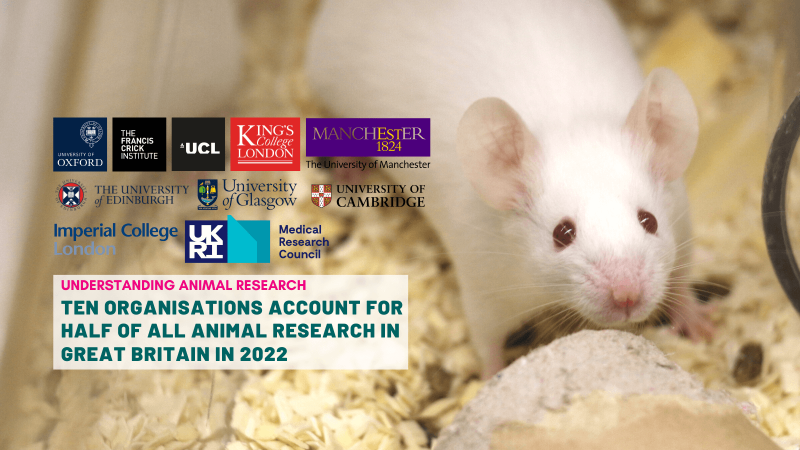The Home Office has just released the animal research statistics for 2013. They show:
- the number of animals used has decreased by 0.4% to 4.02 million
- the number of procedures using animals has increased by 0.3% to 4.12 million
- mice, rats, birds and fish account for 98% of animals used
- no tests are carried out for cosmetic and household products
- no experiments are carried out on great apes (gorillas, orang-utans or chimpanzees)
The graph below shows how the total number of experiments have changed since 1946. The recent rise over the past decade has been largely due to the rise in the breeding of genetically modified mice.

Below are the numbers of mice, rats, birds and fish, which collectively account for 98.3% of all animals used.
Wendy Jarrett, Chief Executive of Understanding Animal Research, says “I’m pleased to see that over 15,000 fewer animals were used in scientific research in 2013 compared to 2012. The number of experimental procedures using those animals has also reduced, except for the breeding of genetically modified animals. It is illegal to use an animal for research if there is a viable non-animal alternative, and of course cosmetic testing on animals has been banned in the UK since 1998.”
Separately we have listed some of the impressive research that used animals last year. Examples featured include:
- Diabetes cured in dogs using gene therapy
- Lab-grown kidneys transplanted into rats
- Artificial retina lets blind people see again
- First chemical to prevent the death of brain tissue in a neurodegenerative disease
- Simple molecule prevents mole rats from getting cancer
The rise in procedures also masks excellent work carried out by the NC3Rs and individual institutions to Refine, Replace and Reduce animals in research. New technologies, such as organs-on-a-chip may allow scientists to replace some areas of research which previously involved animals, and many more non-animal methods continue to be developed and used.

Our image library has more infographics putting animal research, particularly using GM mice, into context:
Number of animals used for research in the UK in 2013
Why do we want to study mouse genetics?
Genetic modifications in mice allow us to better understand human diseases
How does the number of animals used in research compare to those used for food?
Note to press
For comment please contact Chris Magee (tel 020 3675 1234).
Graphics and images that can be used to illustrate articles about the Home Office announcement are available from our resource library here.
Last edited: 16 August 2022 09:58




